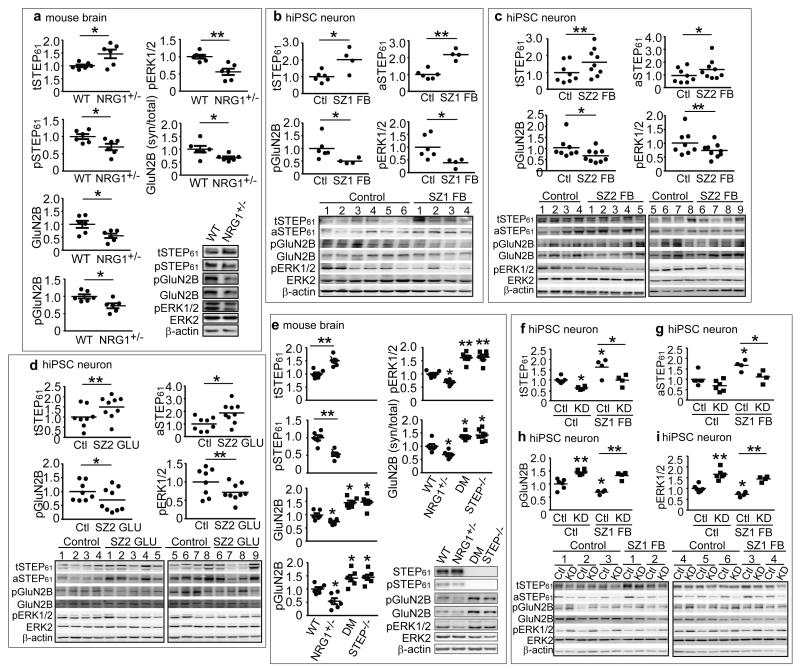Figure 1. STEP61 level is elevated in Nrg1+/− mice and hiPSC neurons from SZ patients.
(a) STEP61 level is elevated in Nrg1+/− mice. P2 membrane fractions from 9-month-old Nrg1+/− mice were processed by western blotting (WB) using antibodies against total STEP61, phosphorylated STEP61 (pSTEP61, inactive) and tyrosine phosphorylation of STEP substrates GluN2B and ERK1/2. All antibodies are listed in SI Table 4. (b-d) STEP61 level is elevated in SZ patients-derived neurons. Total STEP61 (tSTEP61), active STEP61 (aSTEP61) and Tyr phosphorylation of STEP substrates (GluN2B and ERK1/2) levels were probed in SZ1 forebrain (FB) neurons (b), SZ2-FB hiPSC neurons (c) and SZ2 Ngn2-induced excitatory (GLU) neurons (d). Detailed description of patients and demographic summary can be found in SI Methods and SI Tables 1 and 2 (e) Tyr phosphorylation of STEP substrates is restored in Nrg1+/− mice null for STEP. P2 fractions from wild type (WT), Nrg1+/−, STEP−/− and Nrg1+/− STEP−/− (double mutant, DM) mice were processed by WB and probed for targets shown in the figure. (f-i) STEP LV-shRNA knockdown (KD), relative to LV-scrambled control (Ctl), resulted in significantly decreased tSTEP61 (f) and aSTEP61 (g) levels and increased phosphorylation of the STEP61 substrates pGluN2B (h) and pERK1/2 (i) in SZ1-FB hiPSC neurons. Mice data were expressed as mean ± SEM and statistical significance was determined using one-way ANOVA with Bonferroni test (*P < 0.05, **P < 0.01, n = 6 each group). hiPSC neuron data were expressed as mean values from 3-6 replicates and statistical significance was determined by nested ANOVA analyses (*P < 0.05, **P < 0.01, SZ1-FB: 6 controls and 4 patients; SZ2-FB and SZ2-GLU: 8 controls and 9 patients).

